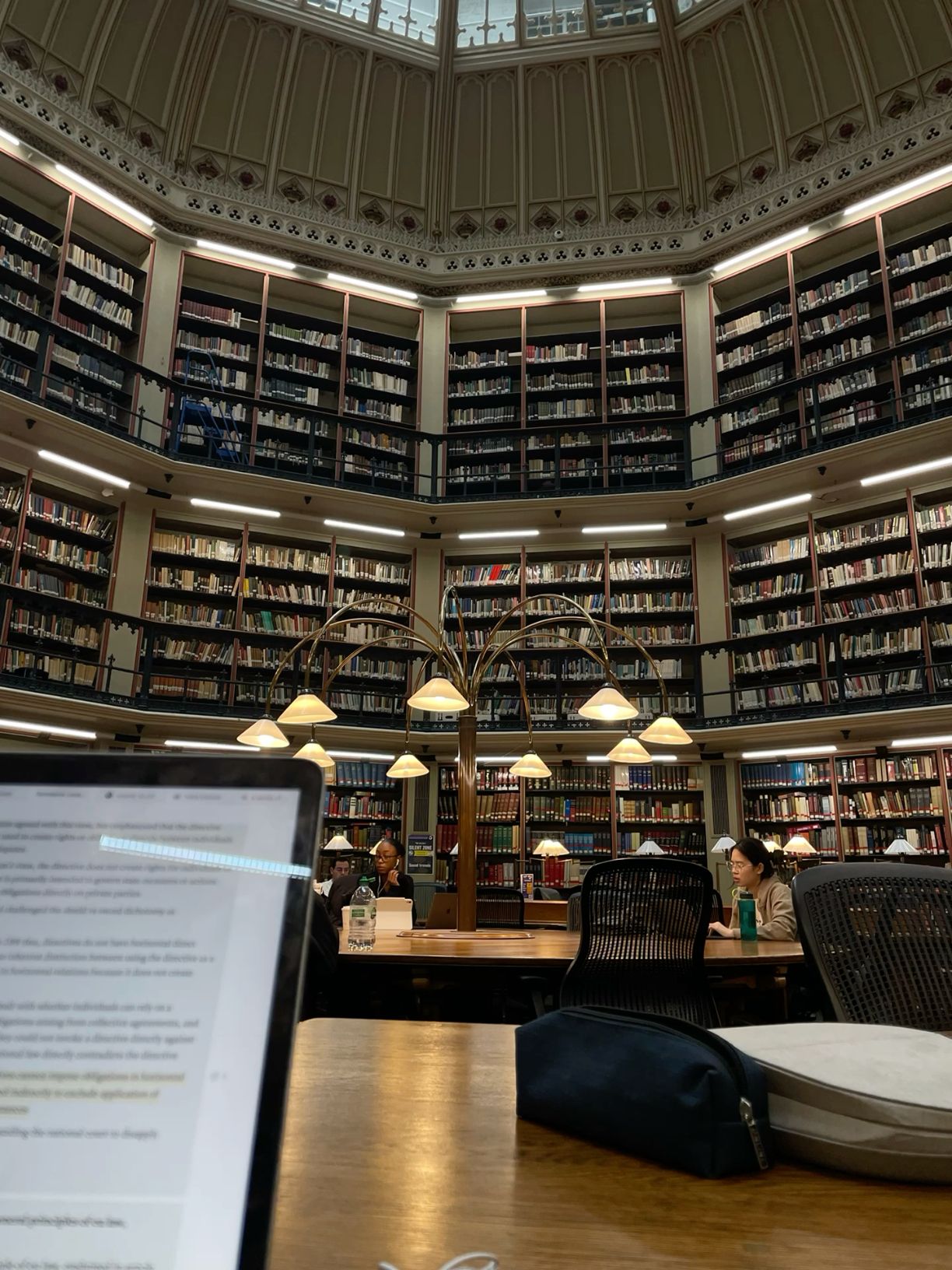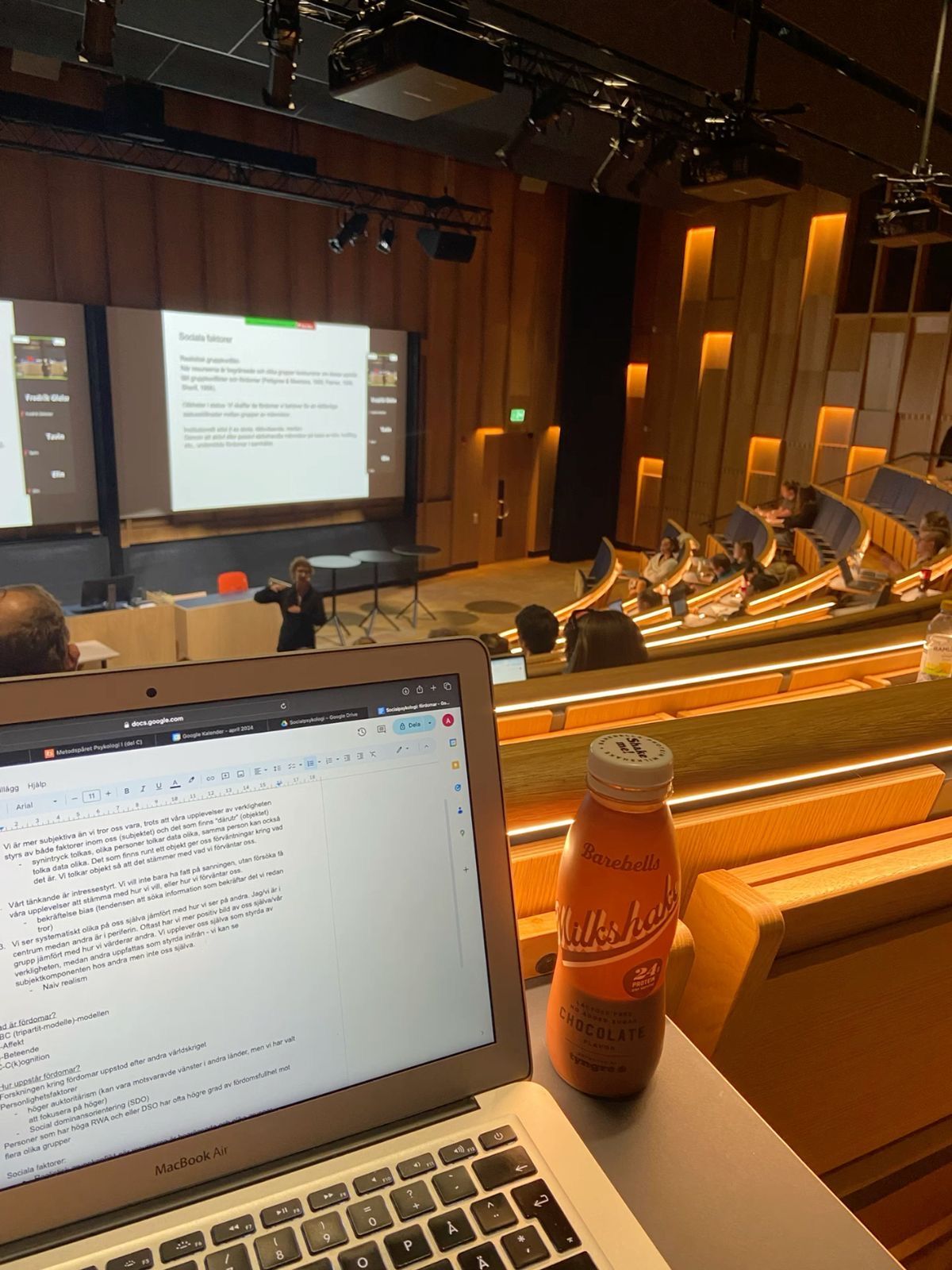Apprenticeships: engineering matters
Transport and industry must be addressed alongside electricity production.
He is committed to the betterment of lives through individual and collective endeavours.. As well as his business and pharmaceutical experience, Dyson is Professor of Human Enterprise at the University of Birmingham, focussing on project management, business strategy and collaboration.. Additionally, he is a qualified counsellor with a private practice and looks to bring the understanding of human behaviour into business and projects.. To learn more about our Design to Value philosophy, read Design to Value: The architecture of holistic design and creative technology by Professor John Dyson, Mark Bryden, Jaimie Johnston MBE and Martin Wood.Available to purchase at.Design to Value evolved gradually and intuitively – and holistically.

From designing the brief to considering how elements should be delivered on site to how best to engage the supply chain to how to repurpose existing technology – these things were always central to the Design to Value thinking, even before being labelled as such.. Design to Value purports that the front-end of the project needs to focus on developing data to support decision making at all stages of a meandering process – where each decision step is influenced by the one before.This has to be done on a project-by-project basis because decisions vary accordingly, demanding different amounts and kinds of work and design elements.Fundamental questions of viability and value must be asked early and answered using data-driven modelling and schematics..

Sitting with the client and asking questions forms the basis of every project that follows a Design to Value approach.Rather than proposing a building to a client who in turn decides if they (a) like the idea and (b) can afford it, Design to Value first asks What is it that you need?

What are you trying to achieve?
That of course could end up being a building.This is an important component of sustainable architectural design..
Using fewer materials overall means less embodied carbon in the extraction of raw materials and their fabrication into building products.There is also a direct correlation with producing less waste both in the fabrication process and on site, meaning that low carbon design also saves precious materials.
With the use of Building Information Modelling (BIM), we can know the exact quantities of materials required, which limits over-ordering to site, and aids sustainable construction.Using a DfMA strategy allows for deployment of resources and materials to be carefully pre-planned, making it even easier to monitor and limit over-spend..




